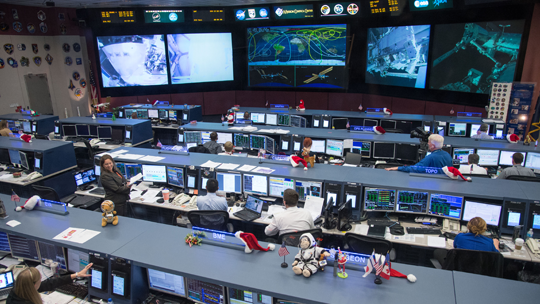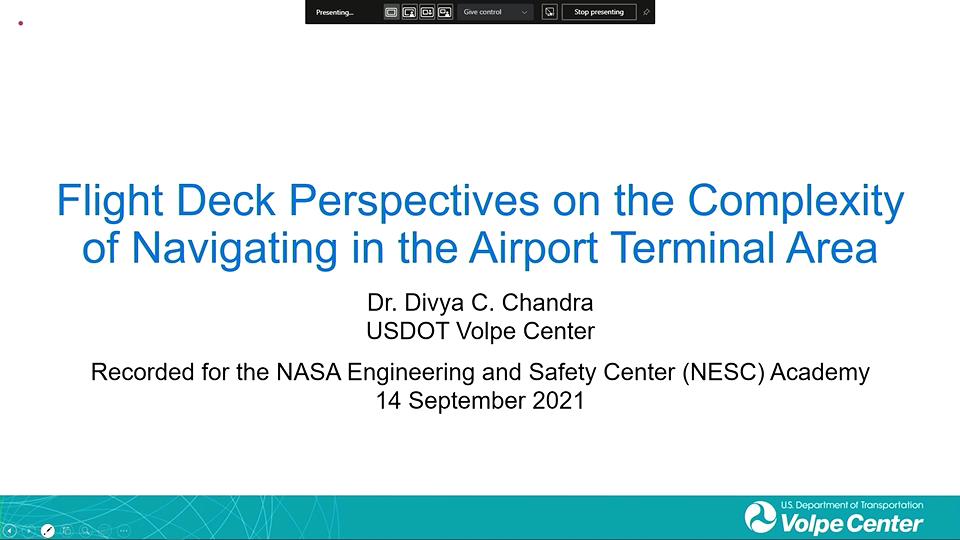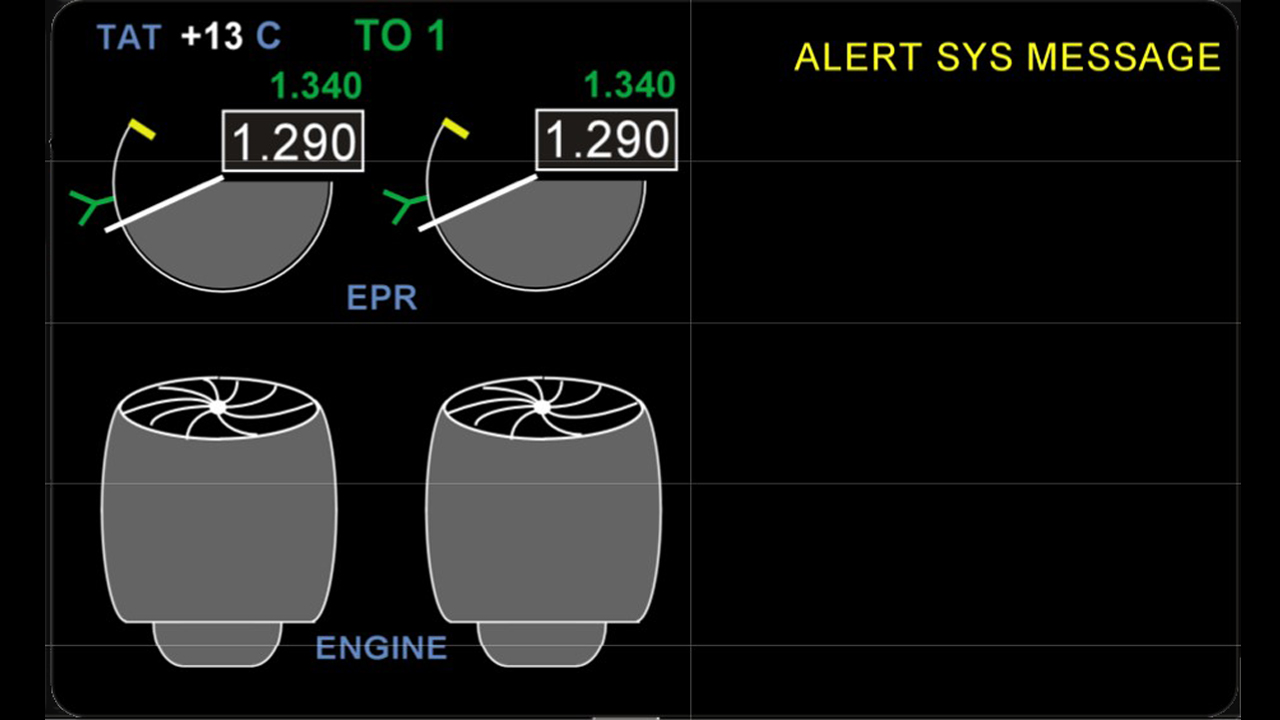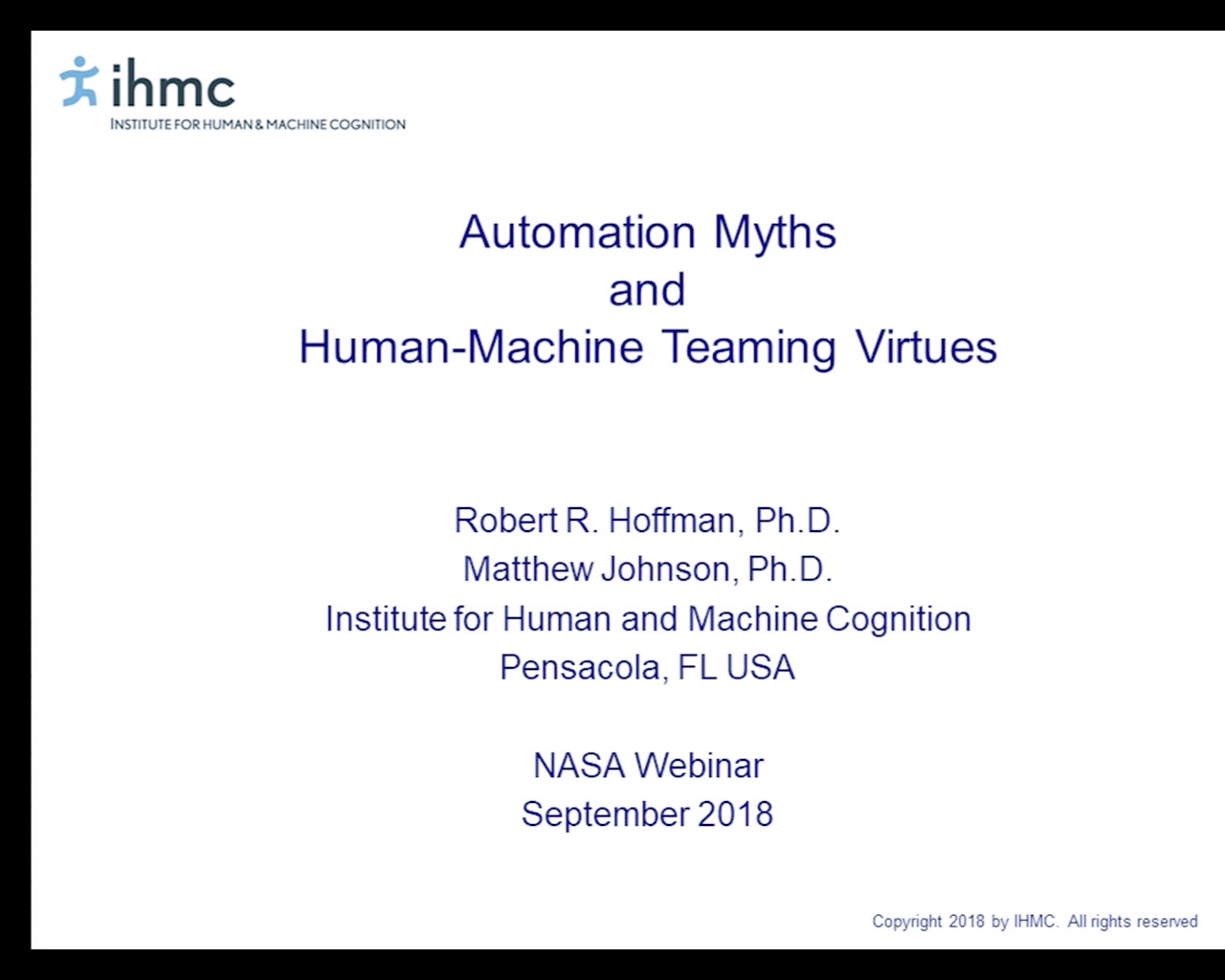Exploring Human Performance Contributions to Safety in Commercial Aviation
Instructions:
- Add this to your calendar using the "Add to Calendar" link for a convenient 15-minute reminder.
- Slides are available to download in the "Links."
- Please submit questions as they arise rather than waiting until the end.
- Enjoy!
Abstract:
Data-driven decisions about safety management and design of safety-critical systems are limited by the available data, which influence, and are influenced by, how decision makers characterize problems and identify solutions. In the commercial aviation domain, data are systematically collected and analyzed on the failures and errors that result in infrequent incidents and accidents, but in the absence of data on behaviors that result in routine successful outcomes, safety management and system design decisions are based on a small sample of non-representative safety data. As a case in point, analysis of aviation accident data suggests that human error is implicated in up to 80% of accidents, which has been used to justify future visions for aviation in which the roles of human operators are greatly diminished or eliminated in the interest of creating a safer aviation system. However, failure to fully consider the human contributions to successful system performance in civil aviation represents a significant and largely unrecognized risk. Without understanding how humans contribute to safety, any estimate of predicted safety of autonomous machine capabilities is incomplete and inherently suspect.











